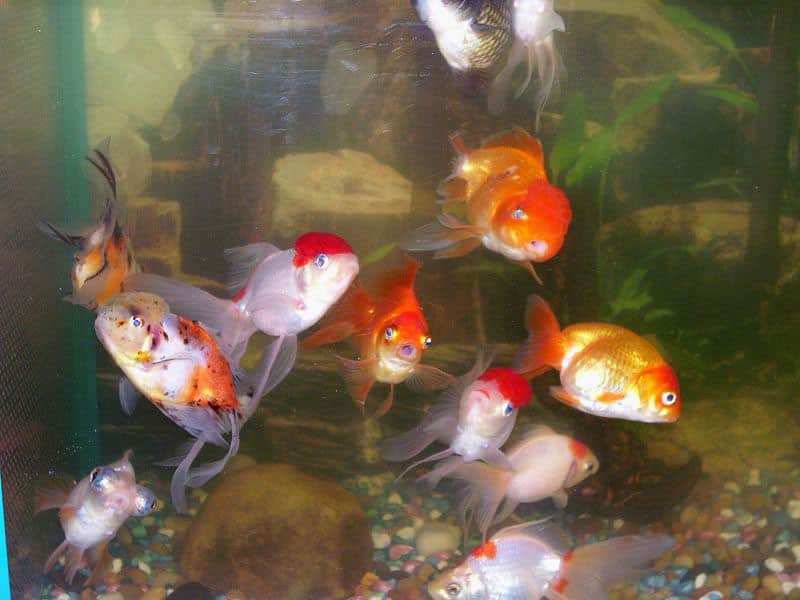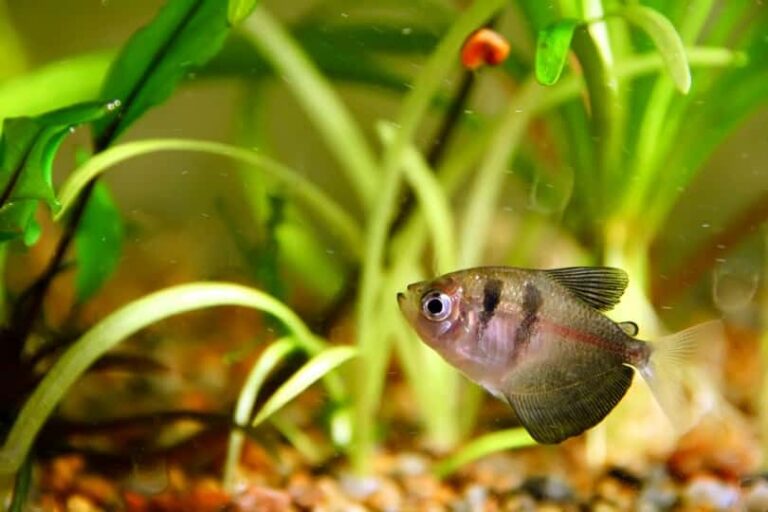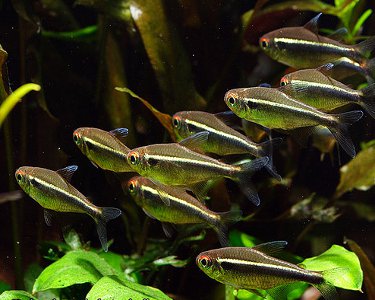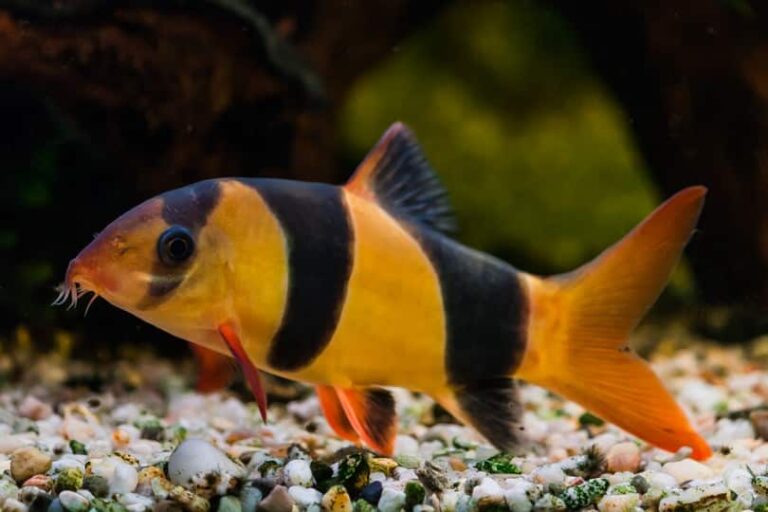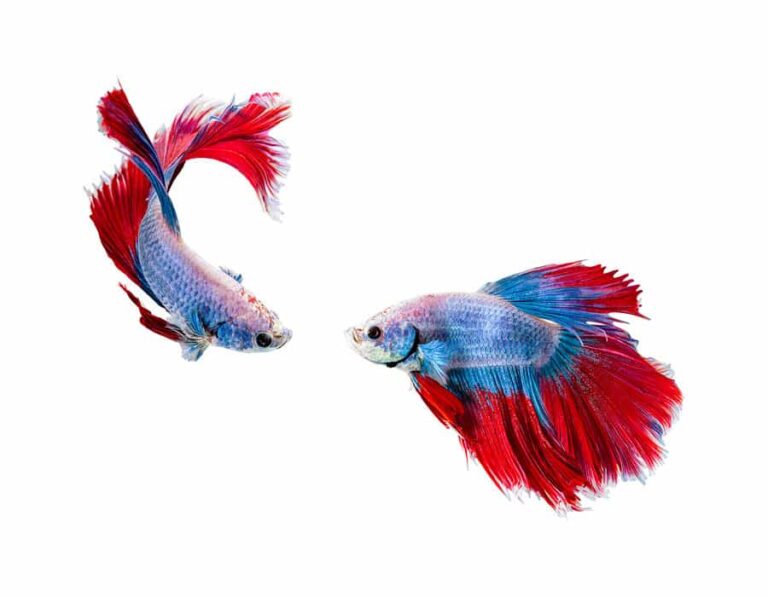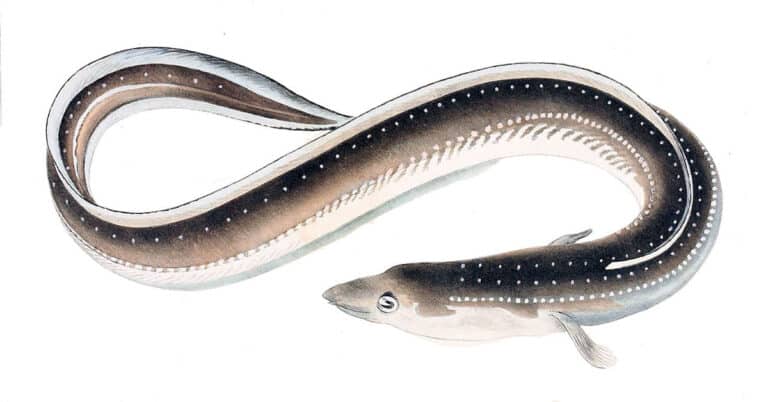Freshwater Fish
The fish that spend most of their lives in the freshwater bodies like ponds, lakes, and rivers, which have less than 0.05% salinity are called Freshwater Fish. They differ in many aspects from the marine fishes, the main aspect being the difference in the level of salinity. These fishes require a lot of physiological adaptations to stay healthy in a freshwater habitat. Out of the known species, around 42 % of fishes belong to a freshwater group. It is because of the speedy speciation that takes place among these species.
Description
The huge numbers of species show differences in appearance and behavior. Sometimes, several types in the same species have distinguishing features. These fish have gills that can disperse the dissolved gases, and at the same time, they can retain the salts in the fluids present in the body. The other distinctive feature of freshwater fishes is that they will die if there is a loss of too many scales from their body. But their scales have the ability to reduce water passing through the skin and thereby control the scale loss. Some of the species show very different behavior, they reproduce in freshwater but prefer to live in marine habitats. Such types are known as anadromous fish. Some examples of such fish are three-spined stickleback, salmon, and trout. On the other part, there are also some species that are born in the marine habitat, but prefer to live in freshwater, such fish are known as Catadromous fish, for example, the eels.
Reproductive Behavior of Freshwater Fish
The reproduction process in the Freshwater fishes takes place in two ways, one is the external fertilization and the other is the internal fertilization. In the external fertilization, the male fish releases sperm into the water and almost at the same time, the female fish releases her eggs in the water, and thus fertilization takes place outside the female body. Obviously, the rate of successful fertilization is very less when it occurs externally. In the internal fertilization process, the sperm of the male fish is injected into the female body by the anal fin, which looks like a projected tube, called as the gonopodium. Thus the fertilization takes place inside the female body. Like in the other creatures, the courtship has a vital role to play in the reproduction of Fish.
Types of Freshwater Fishes
There is a large group of Freshwater Fishes from which only a few are considered safe for breeding in fish tanks. Some of the types of Freshwater fishes living in the natural habitat are-:
- American & New World Cichlids
- African Cichlids
- Danios/Minnows
- Barbs
- Cory (Corydoras) Catfish
- Bichir
- Discus
- Extra Large Oddball Fish
- Fancy Goldfish
- Hatchets
- Larger Catfish
- Fancy Guppies
- Gouramis
- Freshwater Angelfish
- Loaches
- Killifish
- Platies
- Mollies
- Rainbowfish
- Plecos
- Tetras
- Rasboras
- Swordtails
- Freshwater Sharks
- Suckermouth Cats
- Brackish Fish
Out of these groups, only few selected species are often seen in aquariums and fish tanks. Some of the examples of Freshwater Fishes that are easy to breed and perfect for the beginners are-:
- Kenyi Cichlid
- Long fin White Cloud
- Golden White Cloud
- Betta Male
- Green Tiger Barb
- Green Cobra Guppy
- Rosy Barb Male
- Blue Paradise
- Pearl Gourami
- Emerald-Green Cory Cat
- Black Moor Goldfish and many more

Having discovered a fondness for insects while pursuing her degree in Biology, Randi Jones was quite bugged to know that people usually dismissed these little creatures as “creepy-crawlies”.

